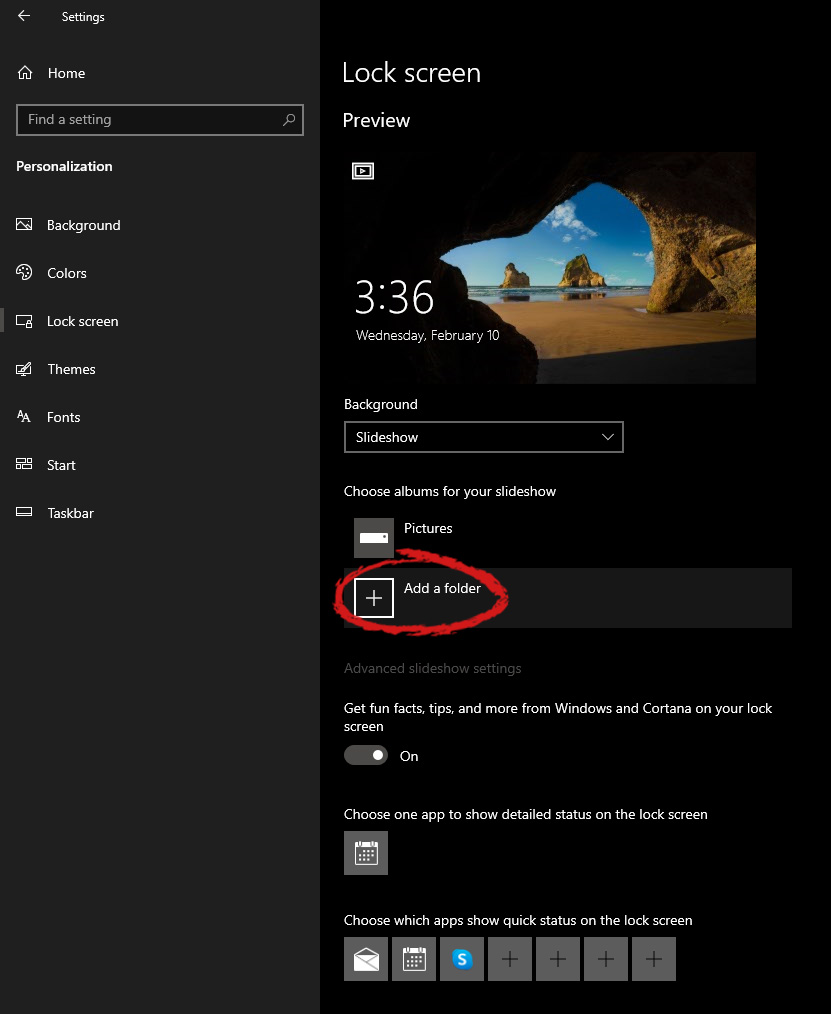Error Code 80073712—What is it?
Error code 80073712 is one of the dozens of error codes affecting Windows 10 users. It occurs when users attempt to upgrade their operating system but experience a failure. The error code usually results from problems associated with missing or damaged files within Windows Update. Common symptoms of this error code include the following:
- The inability of Windows Update to successfully complete the upgrade process
- Message box highlighting the presence of error code
Solution
 Error Causes
Error Causes
In the case of error code 80073712, the issues preventing Windows Update from completing the upgrade process are most likely due to problems with files within Windows Update. For instance, there may be corruption within the Component-Based Servicing (CBS) manifest.
Further Information and Manual Repair
Manual repair methods offer solutions to Microsoft users who are experiencing Windows error codes like the upgrade error code 80073712 in Windows 10. The manual repair methods in this article are not guaranteed to fix problems unrelated to this error code. Thus, be certain you are experiencing error code 80073712 before you attempt to implement the solutions provided below.
Method One: Run Windows Update Troubleshooter
Since issues related to Windows Update may be causing error code 80073712 to occur, one of the best solutions you can consider is to run the Windows Update Troubleshooter. This troubleshooter will be able to detect and fix corruptions within Windows Update files or any other issues directly related to Windows Update. To implement this manual repair method, follow the steps listed below:
- Step one: Open your Internet browser
- Step two: Type www.microsoft.com/downloads
- Step three: Type Windows Update Troubleshooter in the search bar at the top-right corner of the Microsoft website.
- Step four: Select Windows Update Troubleshooter then wait for the webpage to load.
- Step five: Select Run troubleshooter
Once you run the troubleshooter, you should be able to verify and fix any errors within Windows Update files. Restart your machine after the troubleshooting process is complete them proceed by checking Windows Update to see if you are able to complete the upgrade. If Windows Update downloads the upgrade and the installation of the upgrade occurs, the problem has been resolved. Otherwise, error code 80073712 will reoccur, in which case you will need to move to manual repair method two.
Method Two: Run DISM Tool
Another option available to Windows users experiencing error code 80073712 is to download and run the Deployment Image Servicing and Management (DISM) tool. This tool checks for inconsistencies or corruptions that may be preventing Windows Update services from functioning correctly. To download and run the tool, follow the instructions below:
- Step one: Type Command Prompt in the search box near the Start button
- Step two: Right-click Command Prompt, then click Run as administrator, providing administrator password or confirmation where necessary.
- Step three: Select Allow
- Step four: Press Enter after typing the following command:
DISM.exe /Online /Cleanup-image /Restorehealth
Wait a few minutes to ensure that the process is complete. Once you’ve run the DISM tool, it will detect errors, for instance within registry data, and correct or replace them. Restart your machine after running this tool then check Windows Update. Attempt to download the upgrade to see if you have successfully resolved error code 80073712. If you experience an upgrade failure, move to the next manual repair method mentioned below.
Method Three: Perform a Clean Install of Windows 10
The issues related to error code 80073712 may also be resolved by performing a clean install of Windows 10. This manual repair method ensures that any previous versions of your Windows operating system are removed before you attempt to access an upgrade. This can prove effective as it helps users avoid issues that would otherwise cause error codes or poor PC performance in cases where errors are present on one’s system.
To successfully perform a clean installation of Windows 10, be prepared to follow step-by-step procedures that include the following:
- Step one: Download and run media creation tool
- Step two: Click Run, then select Create installation media for another PC
- Step three: Select changes to the installation options, then select Next
- Step four: Choose USB flash drive or ISO file, then click Next
- Step five: Select drive, then Next
- Step six: Select Finish, then restart your computer, ensuring that the media option you choose, whether USB flash drive or DVD, is in your machine before you choose to reboot.
- Step seven: Press any key then follow the prompts provided to set up Windows 10.
Method Four: Download an Automated Tool
If you wish to always have at your disposal a utility tool to fix these Windows 8 and other related issues when they do arise, download and install a powerful automated tool.
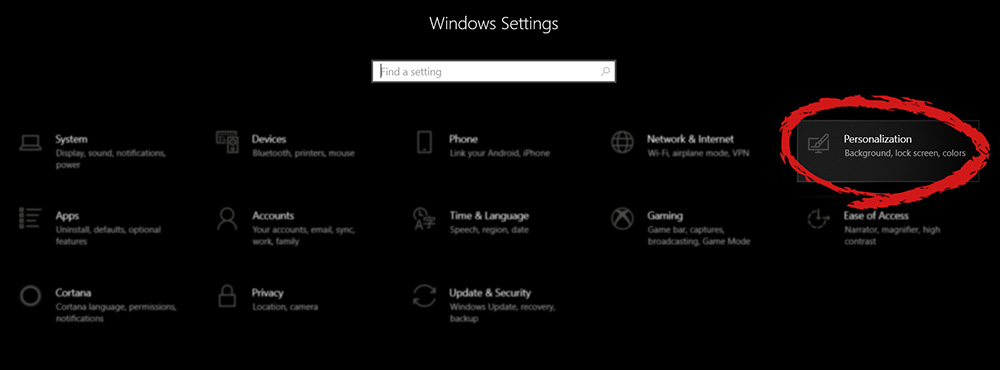 Inside personalization, click on the Lock Screen tab.
Inside personalization, click on the Lock Screen tab.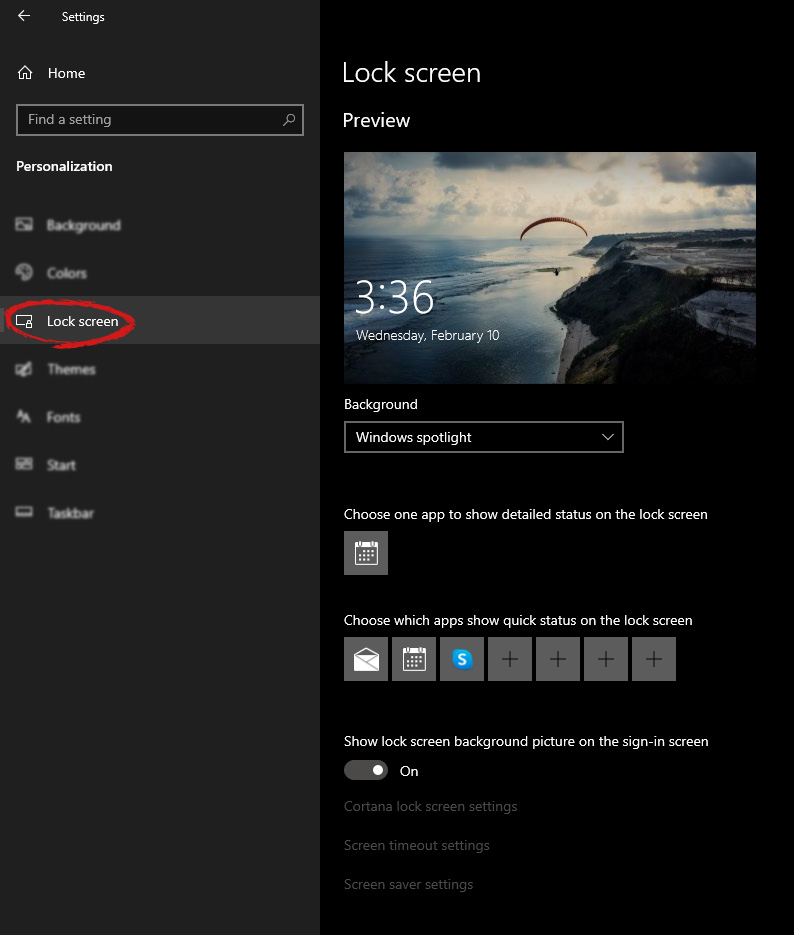 On the right screen, under the picture, you will find Windows spotlight, click on it to bring a drop-down menu up.
On the right screen, under the picture, you will find Windows spotlight, click on it to bring a drop-down menu up.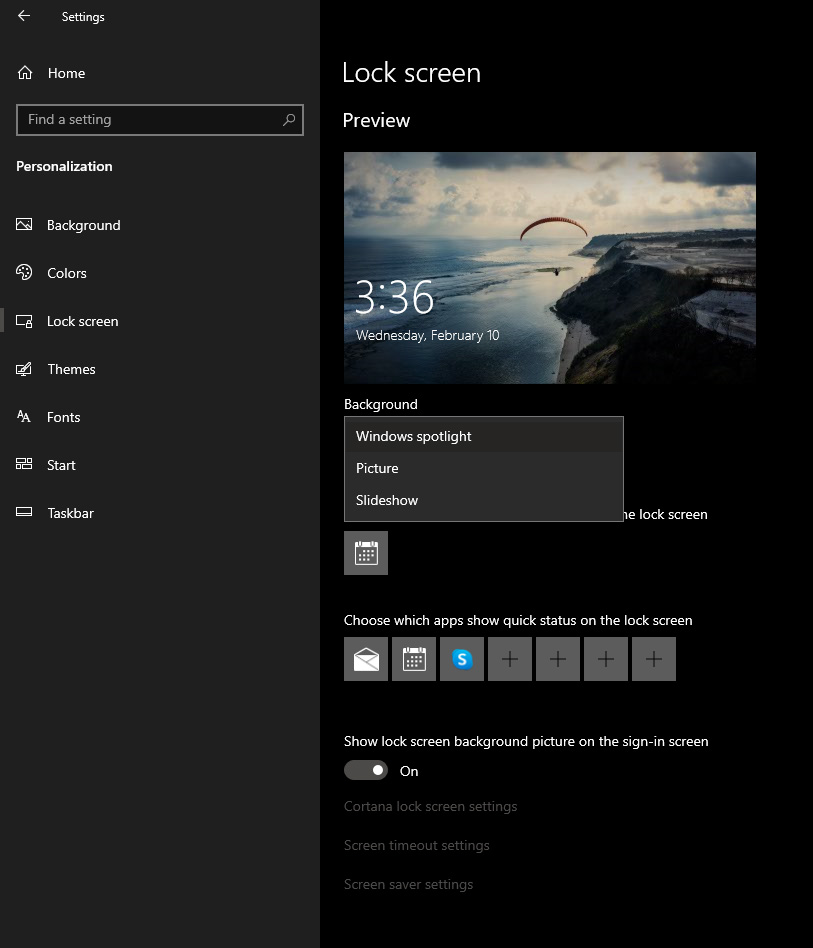 Your choice is presented as a single picture for background or slideshow, a series of pictures that are going to be looped in a given time interval.
Your choice is presented as a single picture for background or slideshow, a series of pictures that are going to be looped in a given time interval.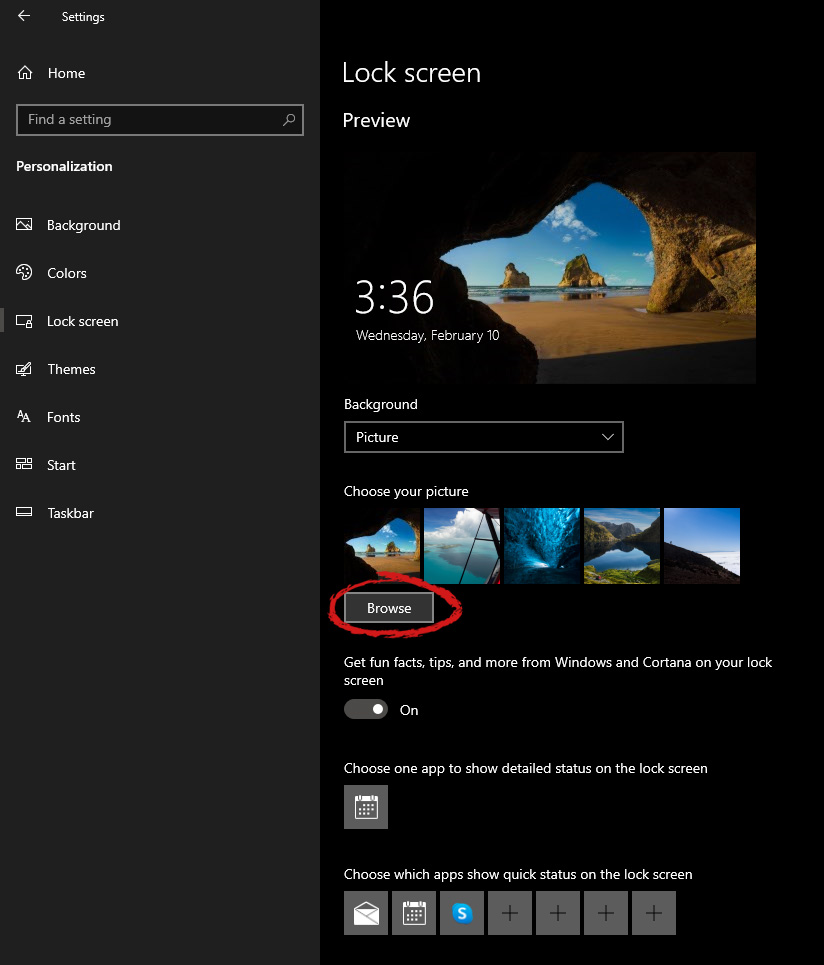 Once you are in choose picture dialog, click on the browse button and navigate to the picture on your storage which you would like to have as a background.
Once you are in choose picture dialog, click on the browse button and navigate to the picture on your storage which you would like to have as a background.